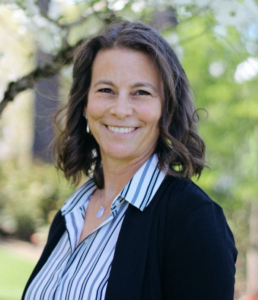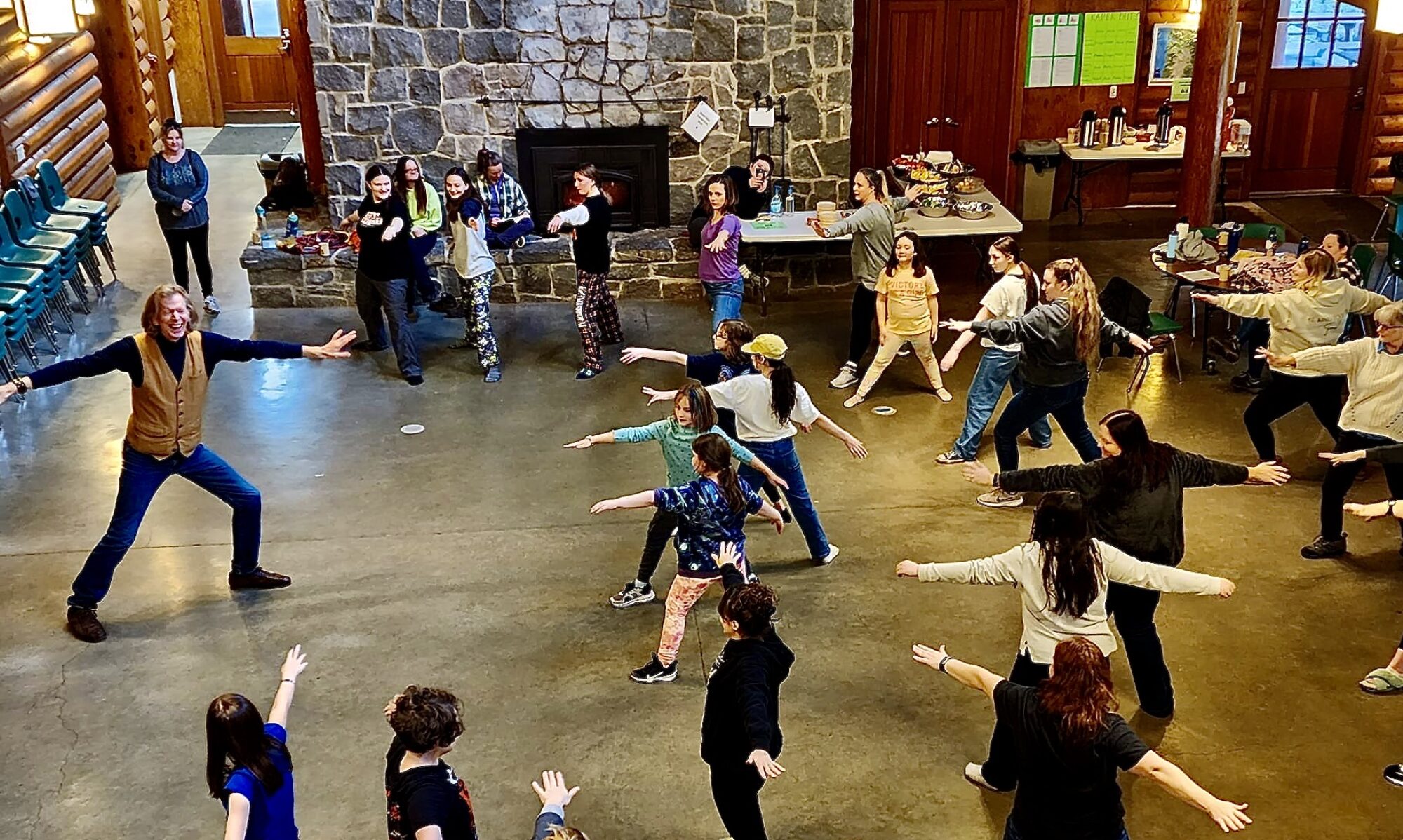THE CALENDAR OF WEEKLY CLASSES, CLINICS AND WORKSHOPS.

Eat well, feel better!
This class will explore the connection between what you eat and how you feel. You’ll learn about the gut-brain axis and how making changes in your diet can help your mood, including reducing symptoms of depression and anxiety. You’ll walk away with practical tips and a list of good mood foods to help you feel better through nutrition!
Note: It’s recommended, but not required, that you take the Happy, Healthy, Gut class prior to taking Good Mood Food.
Tuition is $30. For more information and to register: contact Kristin Kinnie MScN, MSW at Fully Alive Nutrition, [email protected], or 971 770-3400. More details and – Book Now
The three principles of Yin yoga are: 1) Come into an appropriate depth for your body in each pose; 2) Become still; 3) Hold for a long time. This can mean up to 3-5 minutes per pose. What is important is not what a pose looks like, but what it feels like… we use many props in Yin yoga to support our bodies in releasing into the connective tissues rather than specifically stretching the muscles. Yin yoga is not restorative yoga, in that we are still looking for some stress to the tissues in order to create optimal health. Yin targets mainly the connective tissues of the hips, pelvis and lower spine.A slower moving class focusing on floor postures. All levels welcome.“We don’t use our bodies to get into the pose, we use the pose to get into the body”, according to my teacher, Bernie Clark.

Tuition is $30. For more information and to register: contact Kristin Kinnie MScN, MSW at Fully Alive Nutrition, [email protected], or 971 770-3400.
The three principles of Yin yoga are: 1) Come into an appropriate depth for your body in each pose; 2) Become still; 3) Hold for a long time. This can mean up to 3-5 minutes per pose. What is important is not what a pose looks like, but what it feels like… we use many props in Yin yoga to support our bodies in releasing into the connective tissues rather than specifically stretching the muscles. Yin yoga is not restorative yoga, in that we are still looking for some stress to the tissues in order to create optimal health. Yin targets mainly the connective tissues of the hips, pelvis and lower spine.A slower moving class focusing on floor postures. All levels welcome.“We don’t use our bodies to get into the pose, we use the pose to get into the body”, according to my teacher, Bernie Clark.
The three principles of Yin yoga are: 1) Come into an appropriate depth for your body in each pose; 2) Become still; 3) Hold for a long time. This can mean up to 3-5 minutes per pose. What is important is not what a pose looks like, but what it feels like… we use many props in Yin yoga to support our bodies in releasing into the connective tissues rather than specifically stretching the muscles. Yin yoga is not restorative yoga, in that we are still looking for some stress to the tissues in order to create optimal health. Yin targets mainly the connective tissues of the hips, pelvis and lower spine.A slower moving class focusing on floor postures. All levels welcome.“We don’t use our bodies to get into the pose, we use the pose to get into the body”, according to my teacher, Bernie Clark.
The three principles of Yin yoga are: 1) Come into an appropriate depth for your body in each pose; 2) Become still; 3) Hold for a long time. This can mean up to 3-5 minutes per pose. What is important is not what a pose looks like, but what it feels like… we use many props in Yin yoga to support our bodies in releasing into the connective tissues rather than specifically stretching the muscles. Yin yoga is not restorative yoga, in that we are still looking for some stress to the tissues in order to create optimal health. Yin targets mainly the connective tissues of the hips, pelvis and lower spine.A slower moving class focusing on floor postures. All levels welcome.“We don’t use our bodies to get into the pose, we use the pose to get into the body”, according to my teacher, Bernie Clark.

Healing Foods for Your 40’s and Beyond- Diet and Lifestyle can play a huge role in supporting the transition into and through menopause. Each woman’s experience is individual and unique. The more you know, the more you can do to support yourself through the transition and beyond. This course is for any woman who is approaching menopause, currently experiencing menopause, or has successfully made it through the menopause transition. We will talk about all stages and ways to support your body, reduce symptoms, and address issues like bone density, weight gain. mood swings, and more!
Tuition is $30. For more information and to register: contact Kristin Kinnie MScN, MSW at Fully Alive Nutrition, [email protected], or 971 770-3400.
The three principles of Yin yoga are: 1) Come into an appropriate depth for your body in each pose; 2) Become still; 3) Hold for a long time. This can mean up to 3-5 minutes per pose. What is important is not what a pose looks like, but what it feels like… we use many props in Yin yoga to support our bodies in releasing into the connective tissues rather than specifically stretching the muscles. Yin yoga is not restorative yoga, in that we are still looking for some stress to the tissues in order to create optimal health. Yin targets mainly the connective tissues of the hips, pelvis and lower spine.A slower moving class focusing on floor postures. All levels welcome.“We don’t use our bodies to get into the pose, we use the pose to get into the body”, according to my teacher, Bernie Clark.
The three principles of Yin yoga are: 1) Come into an appropriate depth for your body in each pose; 2) Become still; 3) Hold for a long time. This can mean up to 3-5 minutes per pose. What is important is not what a pose looks like, but what it feels like… we use many props in Yin yoga to support our bodies in releasing into the connective tissues rather than specifically stretching the muscles. Yin yoga is not restorative yoga, in that we are still looking for some stress to the tissues in order to create optimal health. Yin targets mainly the connective tissues of the hips, pelvis and lower spine.A slower moving class focusing on floor postures. All levels welcome.“We don’t use our bodies to get into the pose, we use the pose to get into the body”, according to my teacher, Bernie Clark.
